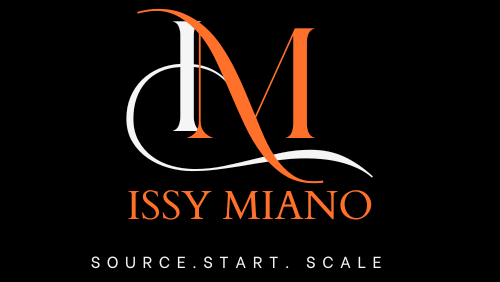Wholesale Clothing Strategies for Maximizing Retail Profit Margins
Wholesale clothing is a critical segment of the fashion industry, serving as a conduit between manufacturers and retailers. This business model involves buying large quantities of garments from producers at discounted rates and then selling them to boutiques, shops, and other businesses. As someone with experience in this field, I recognize that wholesale clothing can benefit both suppliers and buyers; it allows suppliers to move merchandise in bulk and buyers to get competitive pricing, which can then translate to savings for the end consumer.

My involvement in the wholesale apparel market has shown me that success hinges on understanding your target market and maintaining a diverse inventory that aligns with current fashion trends. It’s not just about having a vast selection of products; it’s also about the quality, pricing, and service offered. The relationships built with both manufacturers and retailers are vital, as they ensure a steady stream of products and a reliable market to sell them.
Key Takeaways
- Wholesale clothing facilitates bulk transactions between producers and businesses.
- Knowledge of market trends and maintaining diverse inventory is crucial.
- Building strong relationships with manufacturers and retailers is essential for success.
Wholesale Clothing Business Essentials

Before diving into the essentials of a wholesale clothing business, it’s important for you to understand the market dynamics, select reliable suppliers, develop a solid business plan, and implement effective pricing strategies.
Understanding the Wholesale Clothing Industry
The wholesale clothing industry is vast, consisting of numerous niches ranging from budget items to luxury goods. It’s essential for you to identify where your business fits within this spectrum. A good starting point is recognizing the various clothing styles available and considering factors such as seasonal demands and fashion trends. For instance, platforms like Alibaba, ShirtSpace and Wholesale Fashion Square demonstrate the diversity with their extensive product lines.
Choosing the Right Suppliers
Selecting high-quality suppliers is critical for the success of your business. It involves looking at aspects such as product quality, pricing, reliability, and ethical standards. It’s crucial for you to foster strong relationships with suppliers who align with your business values. I often refer to marketplaces like Aliexpress, Faire and LA Showroom which allow me to connect with numerous vendors offering net 60 terms and free returns.
Developing a Business Plan
Drafting a comprehensive business plan is a roadmap to guiding your business towards growth and sustainability. This plan should lay out detailed objectives, market analysis, budgeting, and organizational structure. For insight into creating a strong business plan, exploring resources like the guide on Fashion Business Boss is beneficial for mapping out your strategy.
Pricing Strategies
Your pricing strategy is paramount to remaining competitive while ensuring a profitable margin. You must consider costs such as production, shipping, and operations to determine your pricing structure. Engage in market research and competitor analysis to set prices that are fair yet competitive.
Marketing and Sales for Wholesale Clothing

In establishing a successful wholesale clothing business, focus on adopting effective marketing strategies and sales techniques that cater to the ever-evolving fashion industry.
Building a Strong Brand
I ensure my wholesale clothing brand stands out by creating a distinctive logo and a compelling brand story that resonates with my target audience. The visual identity of my brand is reflected consistently across all materials and platforms, establishing a strong market presence that is both recognizable and trustworthy.
Digital Marketing Techniques
I leverage various digital marketing techniques to promote my wholesale clothing line. This includes search engine optimization (SEO) to improve my brand’s online visibility and targeted social media campaigns designed to engage with my specific audience. Additionally, I use email marketing to keep my subscribers informed about new arrivals, promotions, and industry news, effectively nurturing leads and driving sales.
Sales Channels Utilization
I utilize multiple sales channels to ensure my wholesale clothing reaches a wide customer base. This includes B2B e-commerce platforms, direct sales through my brand’s website, and attending trade shows to connect with retailers. By diversifying my sales channels, I adapt to buyer preferences and optimize distribution.
Customer Relationships and Retention
Developing long-term customer relationships is key to you business’s sustainability. Offer personalized service and build rapport through consistent communication, ensuring your clients feel valued. Implementing loyalty programs and providing after-sales support are strategies you can use to retain customers and foster repeat business.
